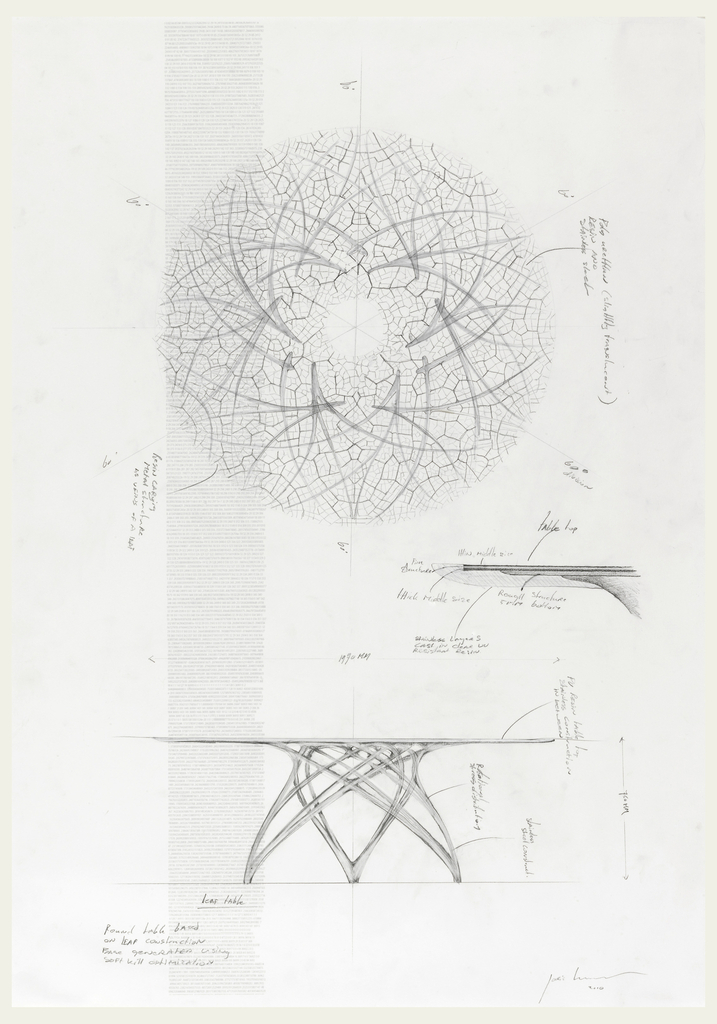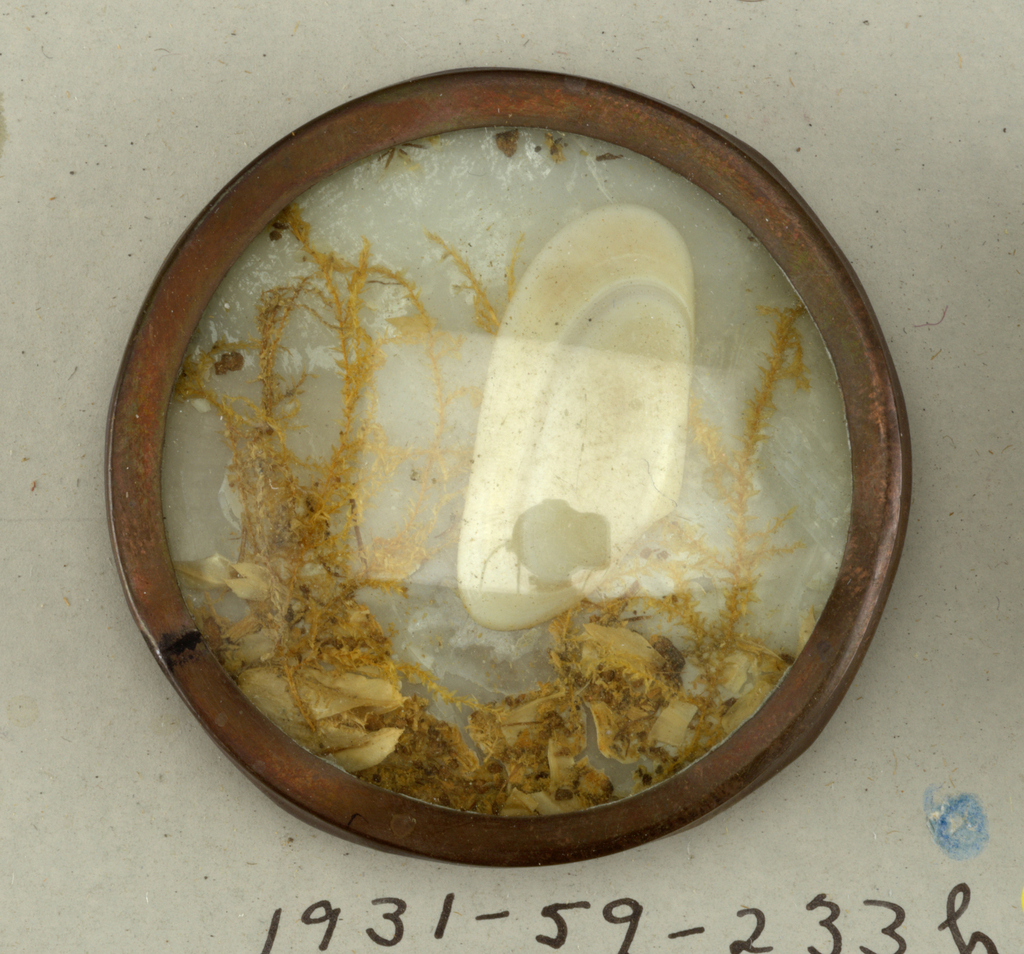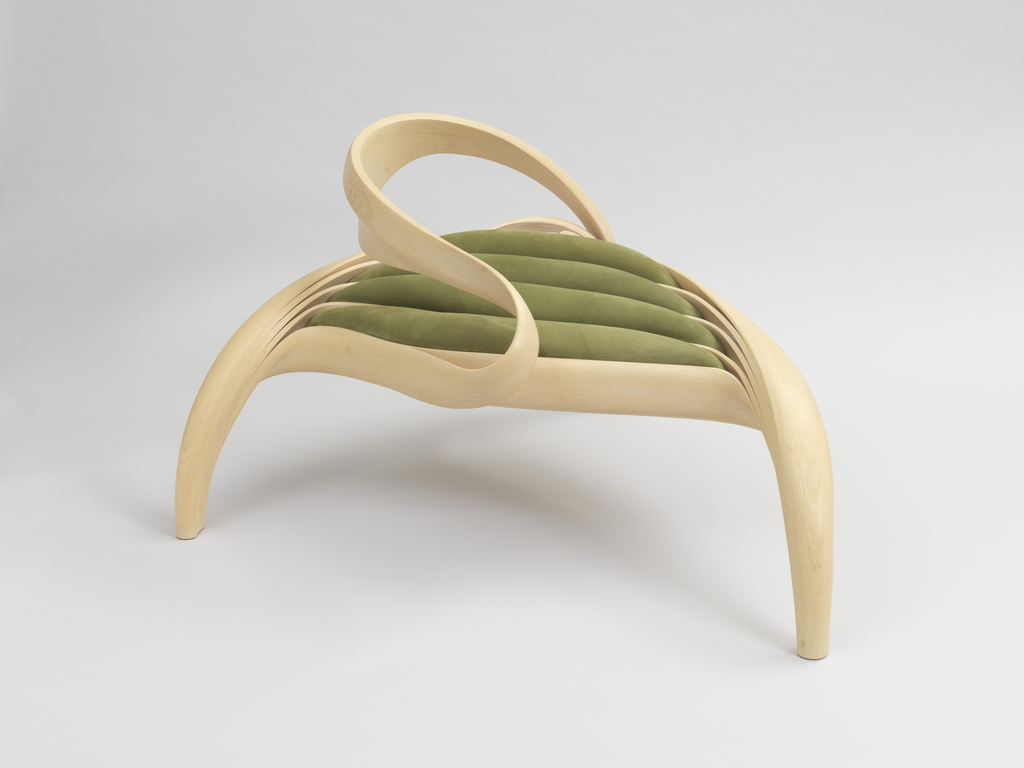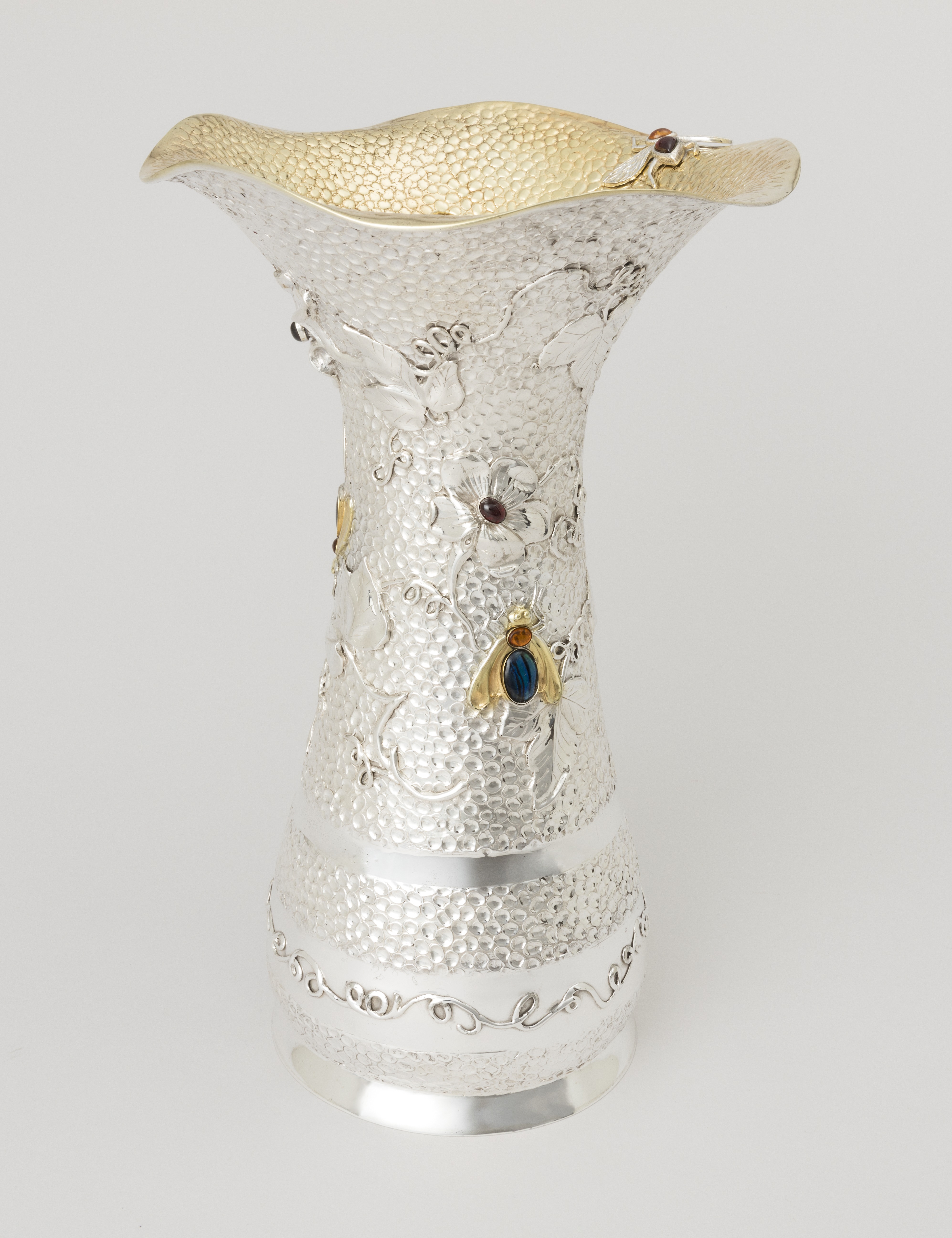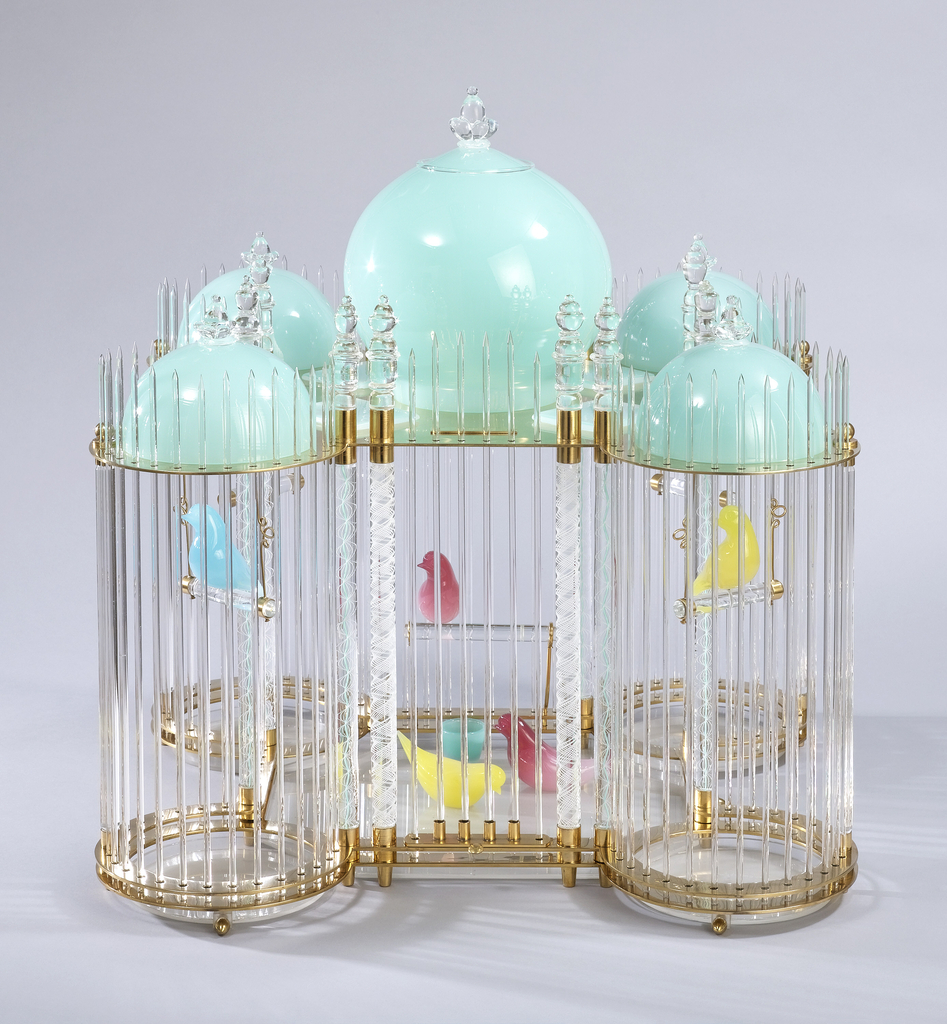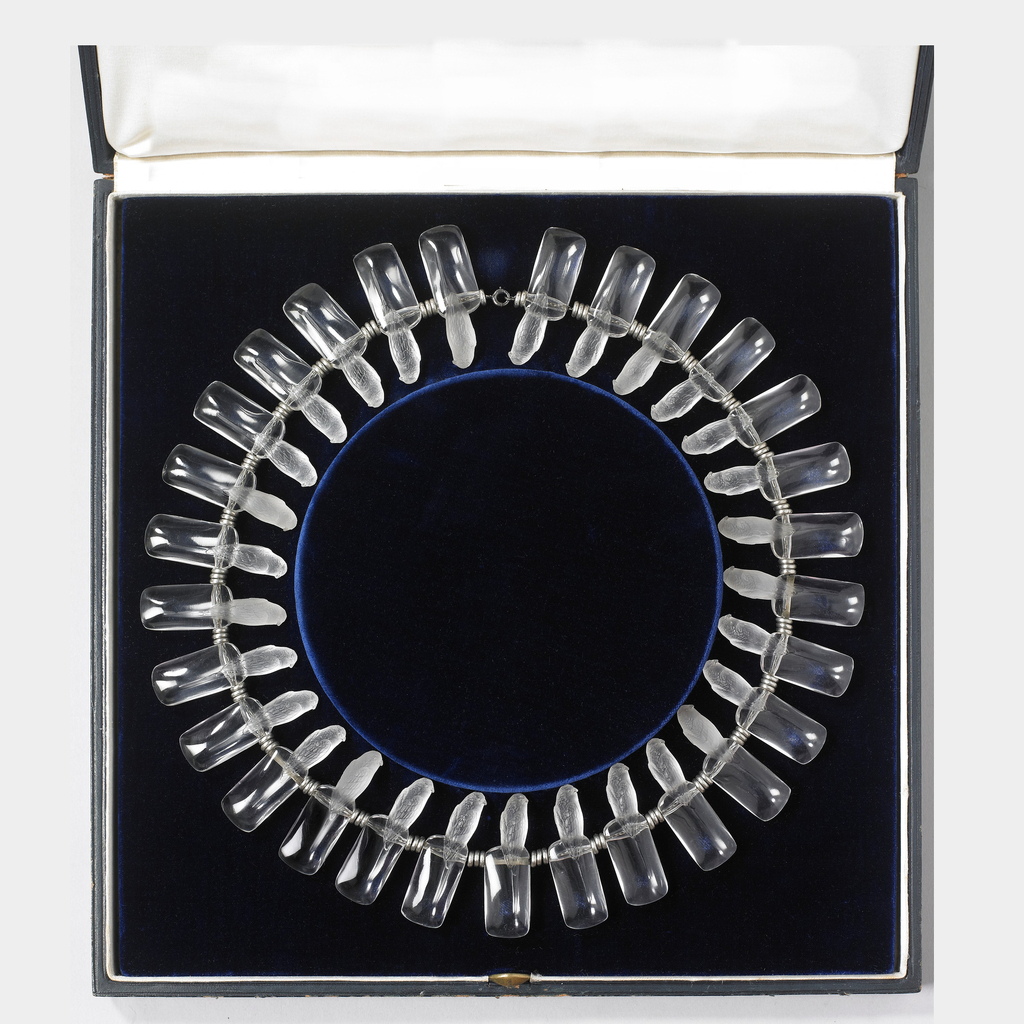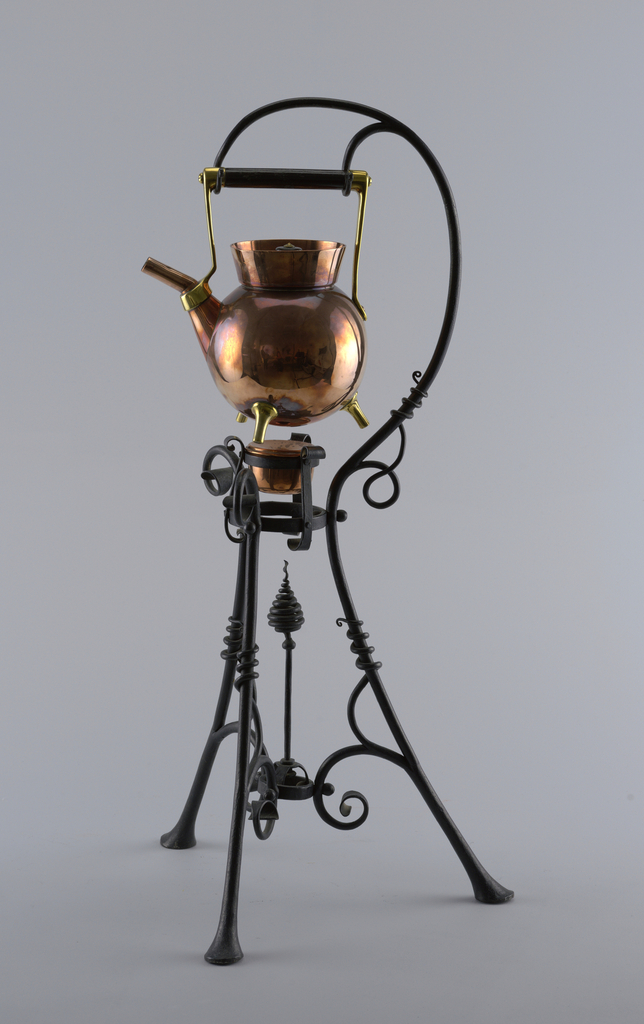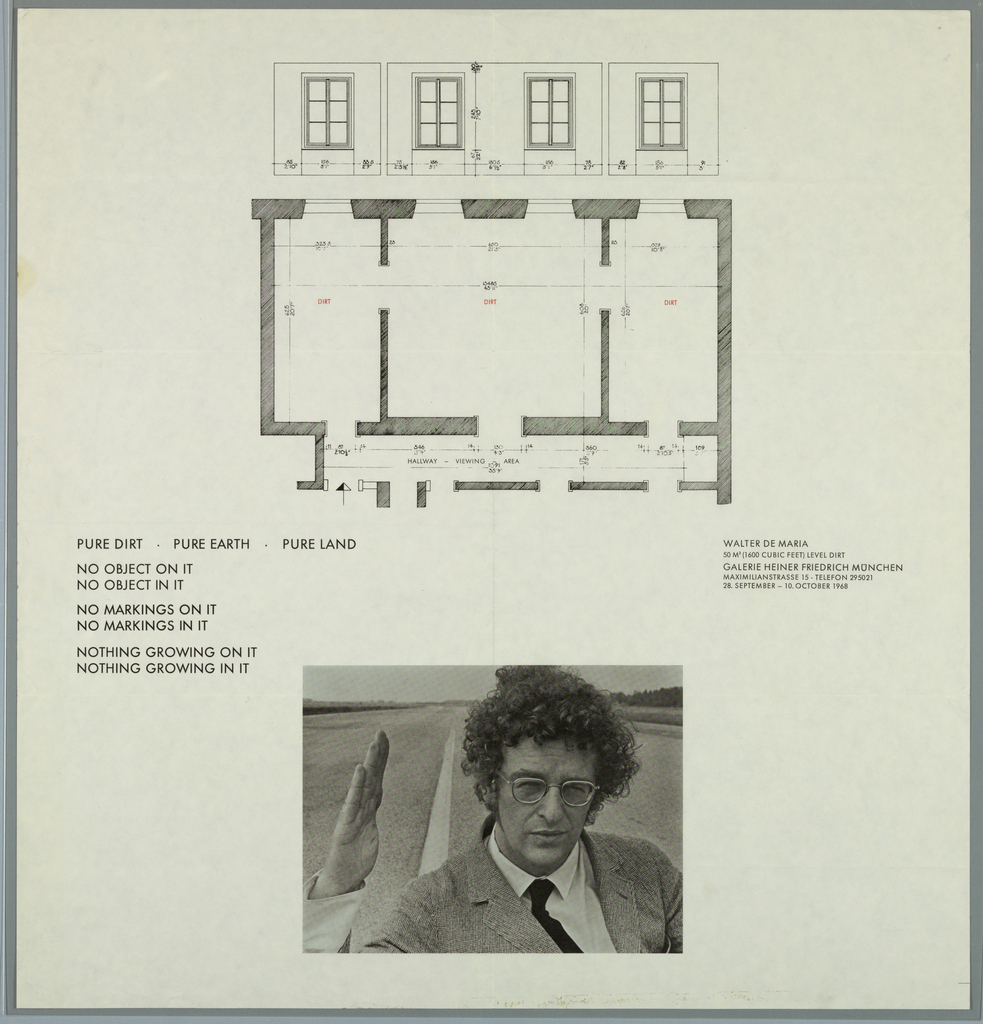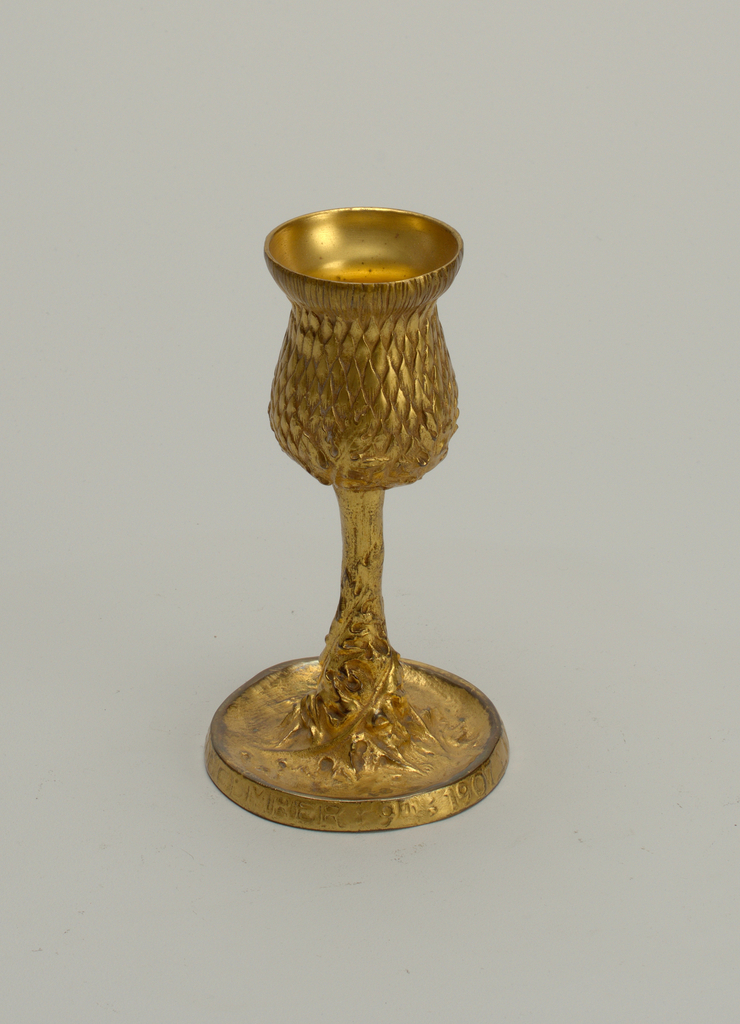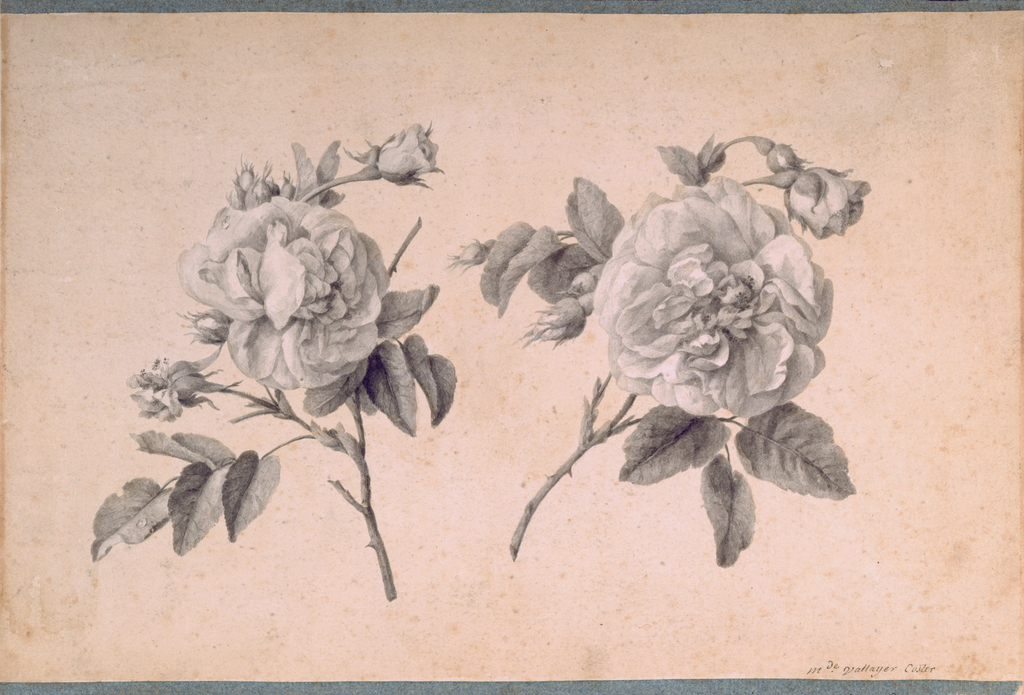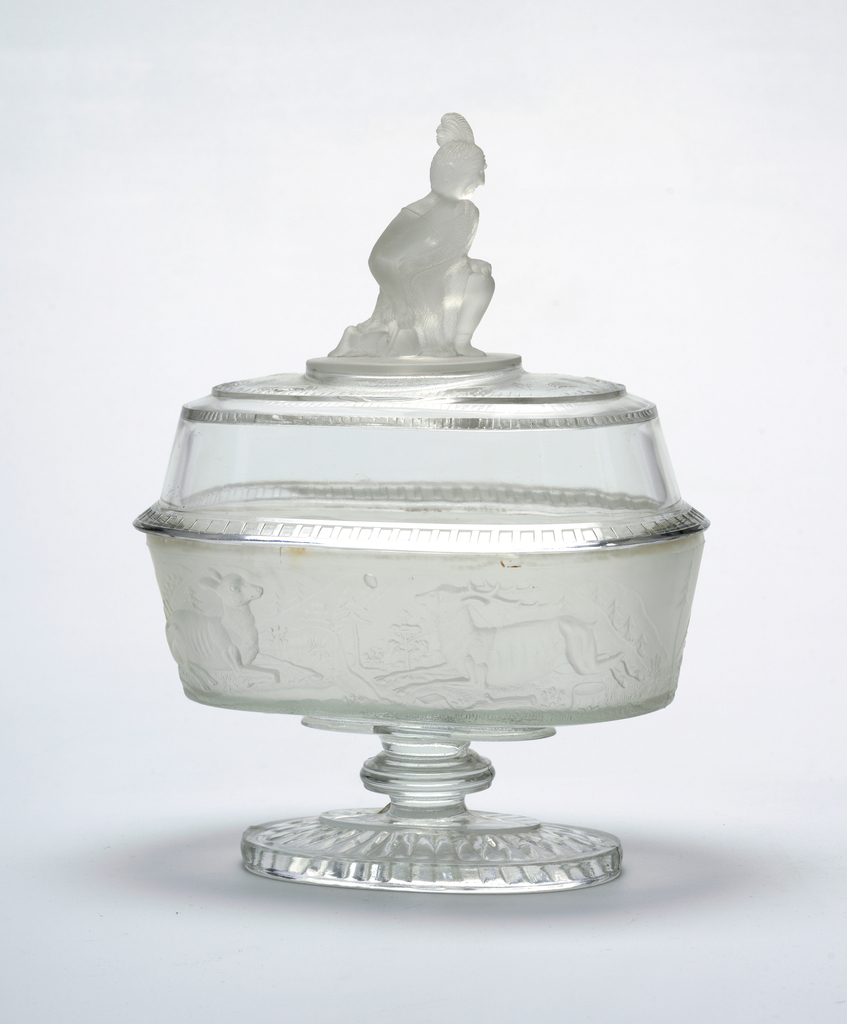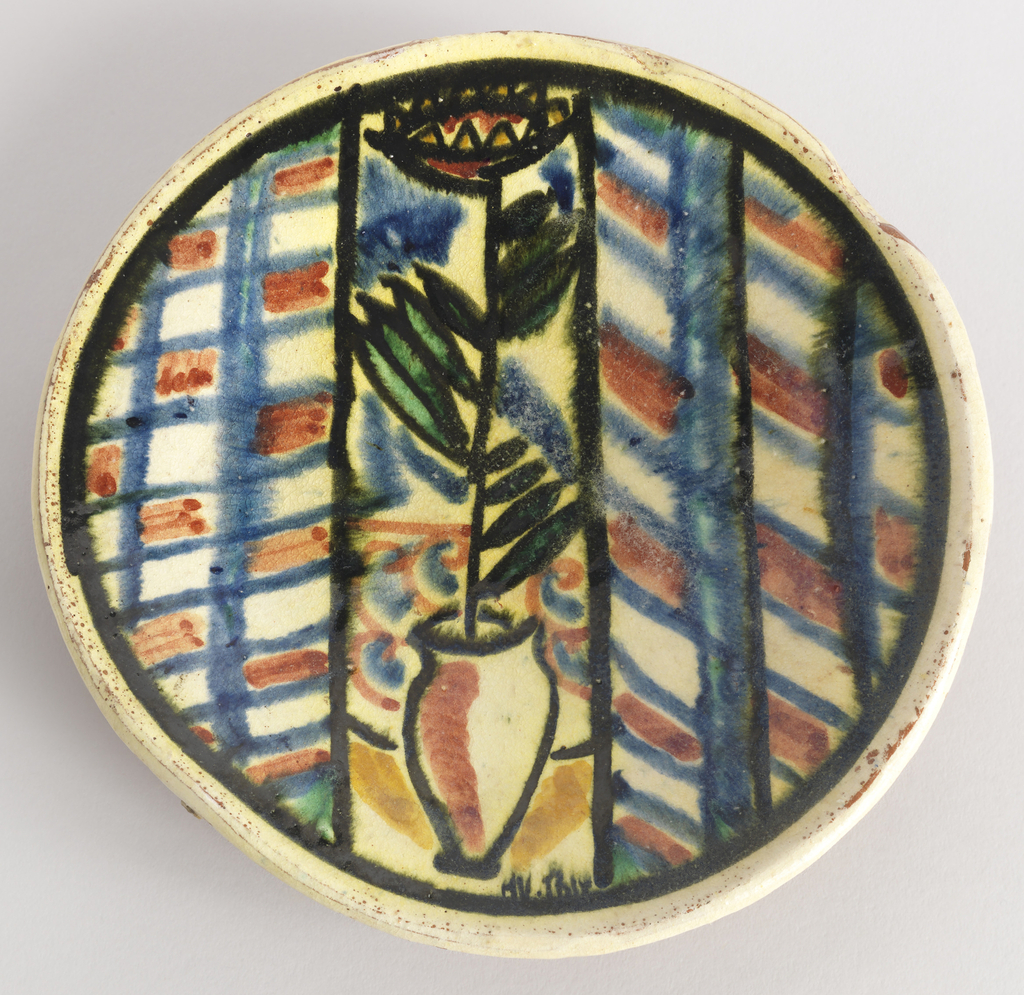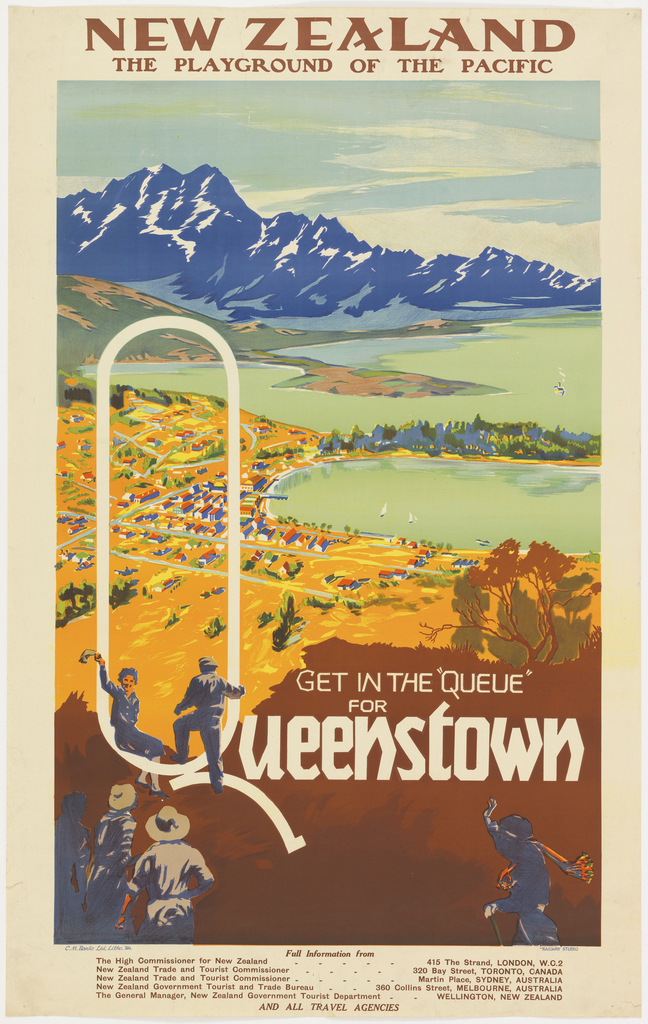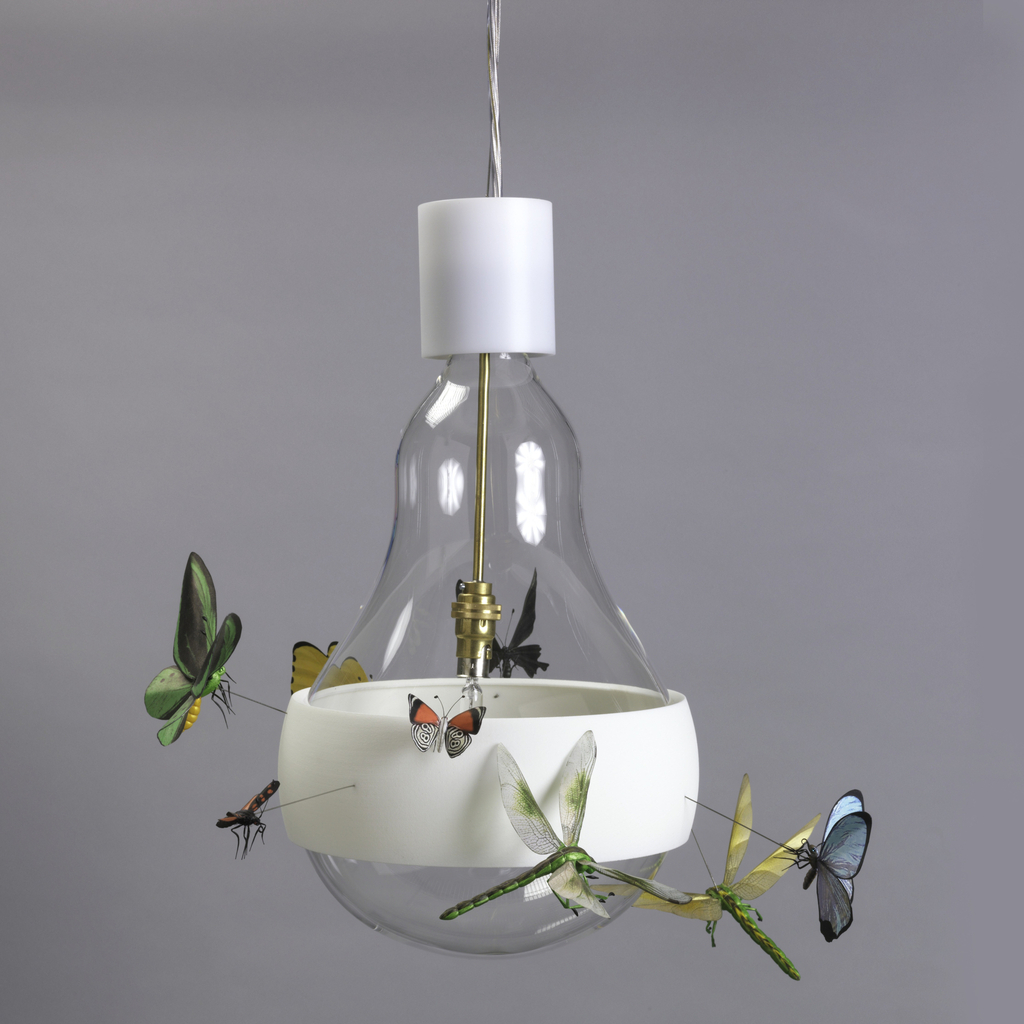For more than a decade, Dutch designer Joris Laarman and his team at Joris Laarman Lab have been looking to nature for information and inspiration. As he writes in the newly published book Joris Laarman Lab, “our digital age makes it possible to not just use nature as a stylistic reference, but to actually use the...
This button, from a set of nine, offers the viewer a chance to peek into the age of Enlightenment, a period of time when the human mind was breaking free from the constraints of the Church and the limitations of the Middle Ages. The Renaissance, primarily spanning the fifteenth through sixteenth centuries, is often thought...
The Enignum Free Form Chair by Joseph Walsh curves, swirls and ripples in a manner that is reminiscent of furniture from the Art Nouveau period, yet it is contemporary in its overall aesthetic. Joseph Walsh, a self-taught designer and builder, started working with wood at the age of eight, and honed both his woodworking skill...
Michael Izrael Galmer was born in 1947 in the former Soviet Union, living there through much of the Cold War. Despite the difficulty of these years, Galmer attended Moscow University, earning a Ph.D. in physics while pursuing his interests in drawing, painting and sculpture, looking to nature for inspiration. As a student, he did not...
This beautiful birdcage comprised of glass, brass and plexiglass was designed by Charles Lin Tissot. Although best known for his domestic glassware designed for Steuben, this birdcage from the Glass Gardens collection is an escape to a realm of fantasy. This birdcage was produced during the years that Tissot collaborated with the Venini glassworks in...
René Lalique was one of the most versatile jewelry artists working in the twentieth century, in that he was equally successful in two periods of design history. Lalique created both luxurious one-off pieces for fashionable ladies during the art nouveau period and also successfully created mass-produced glass pieces in the style moderne. Lauded during the...
After American Commodore Matthew C. Perry forcibly opened trade relations with Japan in 1854, a cornucopia of Japanese goods flooded into Western markets. The groundbreaking use of perspective and asymmetry in the prints of Japan influenced artists that included Mary Cassatt, Claude Monet, and Vincent Van Gogh. In decorative arts, imported items like fans, kimonos,...
“THE DIRT (OR EARTH) IS THERE NOT ONLY TO BE SEEN BUT TO BE THOUGHT ABOUT!” Walter de Maria stated in the press release for the first installation of his influential Earth Room at the Galerie Heiner Friedrich Gallery in Munich, Germany in 1968. The show, titled “Walter de Maria The Land Show: Pure Dirt...
Silk designs of 1695 to 1715, commonly termed ‘bizarre,’ were characterized by sinuous lines, strong diagonal movement, and motifs in strangely juxtaposed scales, which might include architectural elements, chinoiserie, and fantastical fruits and flowers. The seventeenth century was the age of exploration, and fashionable novelty was found in the rare and strange. Botanical gardens such...
This gilded goblet was made for a special dinner in honor of Andrew Carnegie given by the Engineers’ Club of New York on December 9, 1907. The name of the club and the date of the dinner can be seen along the edge of the goblet’s base. Carnegie had donated $450,000 for the organization’s new...
In celebration of Women’s History Month, Cooper Hewitt is dedicating select Object of the Day entries to the work of women designers in our collection. Two delicate roses nestle on a creamy ground. Although drawn in grisailles, a monochromatic pallet of grays and black, the flowers achieve an astonishing realism. Anne Vallayer-Coster was a master...
In the mid-1820s, the development of press-molding radically changed the American glass industry, increasing output and bringing affordable decorative glasswares within the reach of a broader consumer market. In this new production process, workers placed gathers of molten glass in a machine press and applied pressure, forcing the glass into the contours of a mold....
Upon his return from military service in Europe in 1919, Henry Varnum Poor settled in an artists’ community in New City, New York where he purchased land and began single-handedly building a home called Crow House, named after the local birds who kept him company while he worked. As a struggling painter Poor was always...
In recent decades, New Zealand and Middle-Earth have become almost inseparable in the popular imagination as Peter Jackson’s The Lord of the Rings and The Hobbit movie trilogies, based on J.R.R. Tolkien’s epic novels, have put the isolated country on the world stage. But while the stories of Middle-Earth may be fantasy, the landscapes certainly...
With the days growing longer and colder, reminders of summer are always welcome. The whimsical design of the J.B. Schmetterling lamp designed by Ingo Maurer and Axel Schmid, with its realistic-looking insects and butterflies, brings nature to an indoor environment. Produced in 2011, the J.B. Schmetterling lamp is a limited edition art piece. The lamp...
